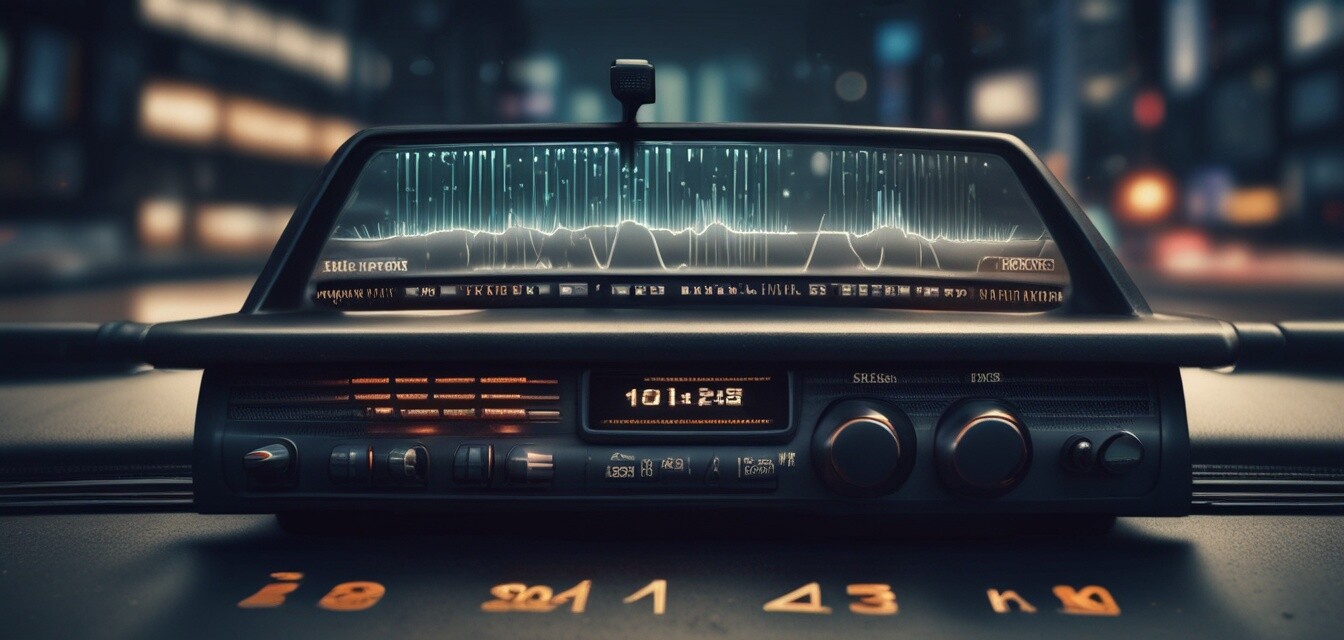
Understanding range and frequency in police scanners
- Range defines how far a police scanner can pick up signals.
- Frequency determines the type of signals that can be received.
- Choosing the right range and frequency is crucial for optimal performance.
- Advanced scanners can cover a wider range and more frequencies.
- Be mindful of area-specific frequencies for the best experience.
Police scanners have become essential tools for many enthusiasts and professionals alike, allowing them to monitor important communications from local police, fire departments, and other emergency services. Understanding how range and frequency play a role in the effectiveness of these devices can help users make more informed choices when selecting the right model. In this article, we will break down the key components of range and frequency and how they affect police scanners.
What is range in police scanners?
The range of a police scanner refers to the distance it can cover while receiving signals. It is affected by several factors, including:
- Type of antenna: Different antennas can extend or limit the effective range.
- Local topography: Buildings, hills, and other obstructions can hinder signal reception.
- Power output: More powerful scanners can reach further distances.
Typical ranges of police scanners
| Type of Scanner | Typical Range |
|---|---|
| Handheld Scanners | 5 - 20 miles |
| Mobile Scanners | 10 - 30 miles |
| Base Scanners | 20 - 50 miles |
Understanding frequency in police scanners
Frequency refers to the specific bands of radio waves that police scanners can pick up. Different agencies use various frequencies for communication.
Common frequency bands
- VHF (Very High Frequency): 30 - 300 MHz, used by many local law enforcement agencies.
- UHF (Ultra High Frequency): 300 - 3,000 MHz, commonly used for digital communication.
- 700/800 MHz: Newer bands primarily used for public safety communications.
The relationship between range and frequency
It's essential to understand that there is a relationship between range and frequency. Lower frequencies (like VHF) typically have better range and can penetrate buildings better than higher frequencies. However, this can vary based on local conditions. Understanding this relationship can help users select a scanner that fits their needs.
How to choose the right police scanner
When selecting a police scanner, consider the following factors:
- Intended use: Are you using it for personal enjoyment or professional needs?
- Local frequencies: Research which frequencies are utilized by your local sheriff department and emergency services. This will ensure the scanner you choose can capture relevant communications.
- Advanced features: Look for features like trunking capabilities, digital reception, and programmable frequencies for a more tailored experience.
Pros
- Real-time updates on emergency situations.
- Ability to monitor local law enforcement activities.
- Experience increased situational awareness.
Cons
- Potential for limited range in urban areas.
- Understanding frequencies can be technical for beginners.
- Licensing restrictions may apply in some regions.
Conclusion
Understanding the range and frequency of police scanners is essential to making an informed purchase. By choosing a scanner that aligns with your needs and understanding the implications of range and frequency, you'll be well-equipped to monitor local communications effectively. Explore our detailed buying guides for more information on choosing the best police scanner to suit your needs! With the right knowledge, you can enhance your law enforcement monitoring experience.
Additionally, don't forget to check out our other categories such as Police Scanners & CB Radios and Radar Detector Accessories for related products that may complement your police scanner!
